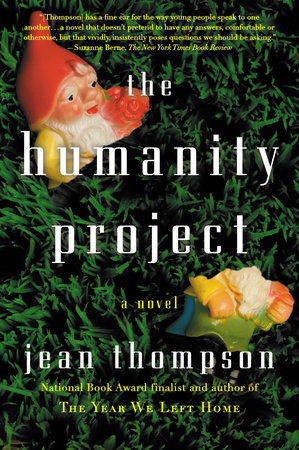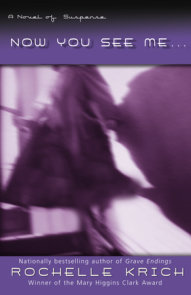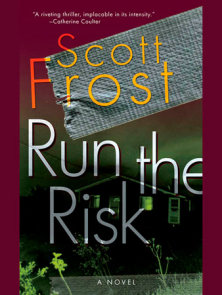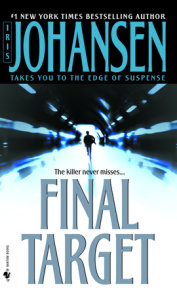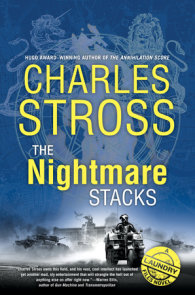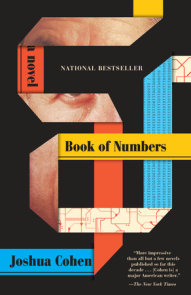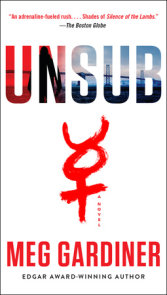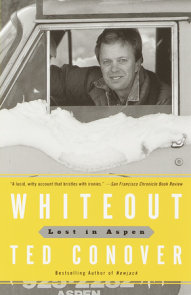READERS GUIDE
Questions and Topics for Discussion
INTRODUCTION
From the New York Times bestselling author of The Year We Left Home, a dazzling new novel hailed as an “instantly addictive…tale of yearning, paradox, and hope.” (Booklist)
After surviving a horrific shooting at her high school, fifteen-year-old Linnea is packed off to live with her estranged father, Art, in California. Art, not much more than a child himself, doesn’t quite understand how or why he has suddenly become responsible for raising a sullen—and probably deeply damaged—adolescent girl. And although Linnea has little interest in her father, she becomes fascinated by the eccentric cast of characters surrounding him: Conner, a local handyman whose own home life is a war zone, and Christie, her neighbor, who has just been given the reins to a bizarrely named charity fund, the Humanity Project. As the Fund gains traction and Linnea begins to heal, the Humanity Project begs the question: Can you indeed pay someone to be good? At what price?
Thompson proves herself at the height of her powers in The Humanity Project, crafting emotionally suspenseful and thoroughly entertaining characters, in which we inevitably see ourselves. Set against the backdrop of current events and cultural calamity, it is at once a multifaceted ensemble drama and a deftly observant story of our twenty-first-century society.
ABOUT JEAN THOMPSON
Jean Thompson is the author of five previous novels, among them The Year We Left Home, City Boy (a National Book Award finalist), and Wide Blue Yonder; and five story collections. She lives in Urbana, Illinois.
A CONVERSATION WITH JEAN THOMPSON
1. Why did you choose to set the novel in the Bay Area, just outside of San Francisco? Was there anything particular about that landscape that you thought would lend itself to the story you wanted to tell?
I lived for a few years in Marin County. When you’re new to a place you have a sharper eye for its features and idiosyncrasies. Marin is a beautiful natural landscape that has been settled and popularized by such an eclectic group of people: the wealthy and super-wealthy, the young and nouveau hip, and those just trying to maintain an economic toehold. It seemed like a perfect laboratory for the study of humanity, in fiction, at least. And I was struck by how many people were, like myself, from some other place entirely and attempting to start over again. Of course that’s one important idea in the book.
2. One of the main characters, Linnea, is a survivor of a school shooting. As a writer, what effect do current events have on your work? What made you want to explore this issue in particular?
You have to have a certain amount of tact in taking on current events, since a reader’s perception of them changes as other breaking news events accumulate. I wanted there to be a violent and traumatic happening that set this portion of the plot in motion, and settled on the shooting. I did try to be both specific in the single dramatic scene that you’re shown, as well as somewhat generic in the larger circumstances. That is, it does not really matter why the shooter does what he does, only that it is fully and believably experienced by the characters.
3. What do you most hope readers will take away from your writing, and from this book in particular?
I hope most of all that they enjoy the ride. I hope there’s enough energy and entertainment in the story I’m telling to keep a reader’s interest, and enough skill in the writing that people can take delight in language. As for “The Humanity Project”, if it allows readers to meditate on the variety of human experience, and how we strive and most often fall short, and to see themselves in some aspect of one or more characters, then I am content.
4. What are you working on now?
I’ve been having a lot of fun writing stories which are based, in the loosest way possible, on classic fairy tales. We are always re-inventing them because they speak to us in such primeval and satisfying ways: evil-doers are punished, luck can change, good deeds (and bad ones) are rewarded in kind. Look for these stories in my newest book, “The Witch and Other Tales Re-Told.”
DISCUSSION QUESTIONS
- The novel opens with a brief chapter set in italics, and other similar passages are interspersed throughout the novel. Although the italicized section at the end of the book is clearly Linnea’s, who did you think was speaking in these earlier sections? What kind of voice does it seem to be?
- What brings Conner and Linnea together? Linnea refers to it as either a “desperate friendship or peculiar courtship.” What do they give to each other?
- Does Linnea’s arrival change Art? How so? What compels him to reach out to Beata and invite her to lunch?
- Beata asks Art what he’d like to be doing in ten years, and tells him that she wants “to be entirely new…new work, new house. Everything new and amazing.” What do you make of this? What does it tell the reader about Beata? What does Art’s reaction to this comment tell you about him?
- We get to know the characters both through the sections they narrate, and by the opinions and responses of other characters. Were there some characters you believed more than others? Was it interesting to pick out the discrepancies between different characters’ points of view?
- A reviewer of the book writes that it “vividly, insistently poses questions we should be asking.” What, in your view, are the questions it asks? (Suzanne Berne, The New York Times Book Review)
- Several characters wonder aloud what “The Humanity Project” means, or even what “humanity” means. Does the novel have an answer to this question? What is the purpose of the project? Is it actually definable? Does it succeed in any way?
- Towards the end of the novel, Christie wonders: “What if she were to allow herself to feel everything she really felt…why fight against her every instinct and impulse, bend herself into some impossible and hobbled shape, hold herself back with every step?” Why do you think it has “taken her so long to even ask” these questions?
- What does the book have to say about virtue? What is it, and what is it not? Does the novel make a judgment at all?
- Consider the parent-child relationships depicted in the novel: Linnea and Art, Conner and Sean, Leslie and Mrs. Foster, “Laurie” and the shooter. What kind of picture of parenthood does the book paint? Linnea says that she can understand why her mother chose her husband over her child. Do you believe her?
- Can you understand Linnea’s impulse to change her name and find a new identity? Why does she lie to Connor about what happened to Megan?
- Discuss Christie (“Nursie”) and Sean’s reunion. Christie thinks, “how strange to be so remembered and so touched, in so much forlorn darkness.” This line closes the main action of the novel. Would you consider it a hopeful end? Would you agree with Christie that “to be alive is to be, in spite of everything, hopeful?”









